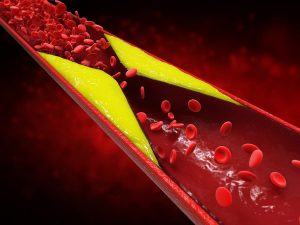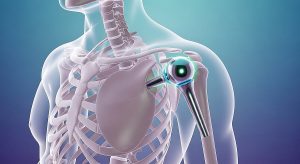WEDNESDAY, April 28, 2021 (American Heart Association News) — Spring can be an ideal time to try a new exercise routine. Warmer temperatures make it enticing to head outdoors and, this year, more people might be considering a return to the gym after getting the COVID-19 vaccine.
While any regular physical activity can benefit your health, the ideal fitness plan requires the right balance.
The American Heart Association recommends adults get at least 150 minutes of moderate-intensity aerobic exercise a week or 75 minutes of vigorous activity, or a combination of both; plus muscle-strengthening activity, such as resistance training, at least two days per week.
“Aerobic exercise should be the foundation of any exercise program,” said Barry Franklin, director of preventive cardiology and cardiac rehabilitation at William Beaumont Hospital in Royal Oak, Michigan.
Aerobic exercise includes activities like walking or jogging. Also known as cardio or endurance workouts, aerobic activities increase cardiorespiratory fitness and delay or prevent illnesses such as heart disease and diabetes.
Moderate-intensity physical activity makes the heart beat faster and can make breathing harder than normal, but still allows for one to carry on a conversation.
It’s best to increase intensity gradually when starting a new exercise regimen, Franklin said. For instance, someone interested in running will need to start with a walking program and gradually build up speed over two to three months.
Consult a clinician if unsure how to proceed, he said. They may suggest a medically supervised treadmill test to evaluate how a person’s heart rate, blood pressure and heart rhythm respond to progressive levels of exercise, as well as their level of heart-lung fitness expressed as metabolic equivalents, or METs.
Franklin, a professor of physiology at the Wayne State University School of Medicine in Detroit, calls METs the “currency of exercise.” They are used to quantify one’s aerobic fitness in order to recommend the appropriate level of activity. For example, walking at a leisurely pace uses about 2 to 3 METs, while jogging or running requires 8 to 10 METs, depending on speed. The physical activity someone chooses should be at least two METs below the peak MET level reached during treadmill testing, Franklin said.
Studies have shown each 1 MET increase in exercise capacity is associated with a 10% to 25% improvement in survival. However, there is a plateau at about 10 to 12 METs, Franklin said. Someone who measures at 15 METs enjoys the same longevity benefits from being physically fit as someone at 10 to 12 METs.
“More is not always better,” he said.
Strength training includes activities like lifting weights, doing pushups and stretching with resistance bands. According to the Centers for Disease Control and Prevention, these activities should work all major muscle groups in the body and can be performed on the same or different days as aerobic exercise.
There’s no such thing as a perfect workout or routine for everyone, said Damon Swift, associate professor of kinesiology at East Carolina University in Greenville, North Carolina.
“While the health implications of a particular exercise program are important, trying to pick activities that you enjoy and can be incorporated into a routine is also a very important factor,” he said. For instance, some people may find more motivation by taking a walk with friends, while others may prefer to work out by themselves and lift weights.
Swift’s latest research project, published this month in Medicine & Science in Sports & Exercise, found exercise coupled with coaching sessions that boosted participants’ non-exercise physical activity by 3,000 steps per day resulted in “greater improvement in fitness compared to aerobic training alone.” Participants who had higher step counts also tended to lose more weight and body fat.
The bottom line: Whatever you choose to do, just keep moving.
“The biggest risk of death is being both inactive and having a high level of sedentary time,” Swift said. “If we can get the people who are inactive to do some kind of activity, that’s when you get the most bang for the buck.”
American Heart Association News covers heart and brain health. Not all views expressed in this story reflect the official position of the American Heart Association. Copyright is owned or held by the American Heart Association, Inc., and all rights are reserved. If you have questions or comments about this story, please email editor@heart.org.
By Genaro C. Armas
Copyright © 2025 HealthDay. All rights reserved.

















